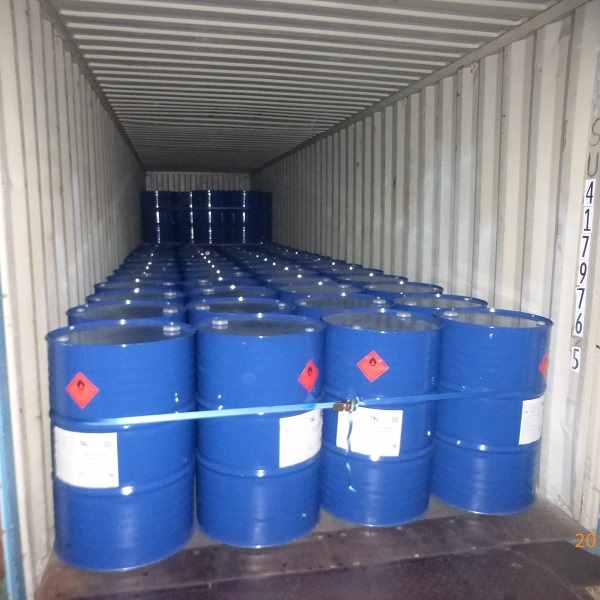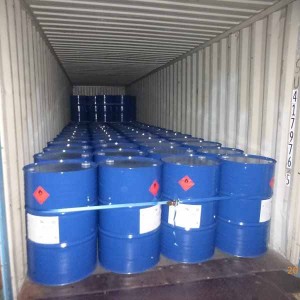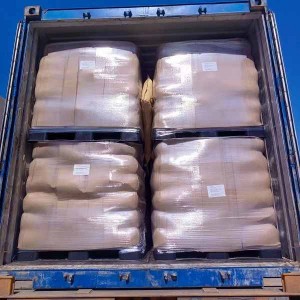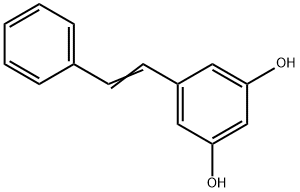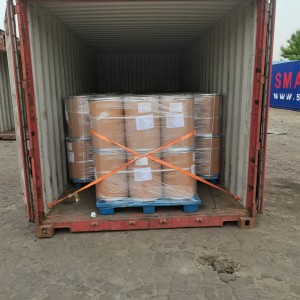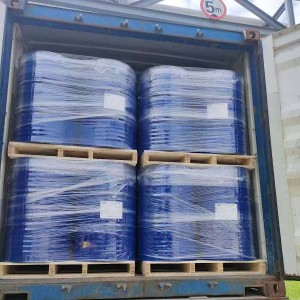CAS 78-40-0 Triethyl phosphate
Triethyl phosphate CAS 78-40-0 is a colorless transparent liquid, with a melting point of -56.5 ℃, a boiling point of 215-216 ℃, a flash point of 115.5 ℃, a relative density of 1.0695 (20 ℃), and a refractive index of 1.4055 (20 ℃). Fully soluble in water, easily soluble in organic solvents such as ethanol and ether benzene.
Chinese name: triethyl phosphate
Foreign name: Triethyl photosphate
Nickname: triethyl phosphate, triethyl phosphate
CAS number: 78-40-0
EINECS number: 201-114-5
RTECS number: TC7900000
BRN Number: 1705772
PubChem number: 24889379
Appearance: Colorless transparent liquid
Melting point: -56.5 ℃
Boiling point: 215 ℃
Physical and chemical properties
1. Character: Colorless and easily flowing liquid, with a slight fruity aroma.
2. Relative density (g/mL, 20/4 ℃): 1.06817
3. Relative vapor density (g/mL, air=1): 6.28
4. Melting point (º C): -56.4
5. Boiling point (º C, atmospheric pressure): 210~220
6. Refractive index (25 º C): 1.4948
7. Flash point (º C, opening): 117
8. Self ignition point or ignition temperature (º C): 451.7
9. Vapor pressure (mmHg, 40 º C): 1
10. Saturated vapor pressure (kPa, 39 º C): 0.13
11. Heat of evaporation (KJ/mol): 57.36
12. Heat of Formation (KJ/mol): 1248.5
13. Combustion heat (KJ/mol): 4117.3
14. Solubility (%, 25 º C, water): 100
15. Upper explosion limit (%, V/V): 10.0
16. Lower explosive limit (%, V/V): 1.7
17. Solubility: It is soluble in organic solvents such as alcohols and ethers, and can be mixed with water in any ratio.
18. React with strong oxidizing agents and strong alkalis. Under high temperature, it will slowly hydrolyze in aqueous solution. Stable at room temperature. Low toxicity.
19. Stable at room temperature, slowly hydrolyzed upon heating to produce diethyl phosphate. When hydrogen chloride is introduced into triethyl phosphate, chloroethane, monoethyl phosphate, and diethyl phosphate are generated. When boiling with phenylmagnesium bromide in a mixed solution of ether toluene, diethyl phenylphosphonate and diethylphosphonic acid are generated. When triethyl phosphate is boiled together with butanol and a small amount of sodium butanol, it produces ethyl dibutyl phosphate, diethyl butyl phosphate, ether, and ethyl butyl ether. Boil triethyl phosphate with aniline, and then thoroughly boil with a dilute sodium hydroxide solution to produce diethylaniline. Heat it together with morpholine to 157~159 ℃ to generate 4-ethylmorpholine.
20. Triethyl phosphate can cause anesthesia like phenomena and significant muscle relaxation at relatively high doses. Inhibition of brain cholinesterase. Irritating to the skin and respiratory surface. Rat oral LD50800mg/kg. The production equipment should be sealed to prevent leakage. Operators should wear protective equipment.
Main purpose
Triethyl phosphate is a high boiling solvent and a plasticizer for rubber and plastics. It is also a catalyst. It is also used as a raw material for producing pesticides and insecticides. And used as an ethylation reagent for the production of ketene. In Japan, 70% of the product is used as a catalyst and about 20% as a solvent.
(1) Catalyst: Xylene isomer catalyst; Polymerization catalysts for olefins; Catalyst for manufacturing tetraethyl lead; Catalysts for manufacturing carbodiimide; Catalyst for displacement reaction of trialkyl boron and olefins; Catalyst for producing ethylene ketone through high-temperature dehydration of acetic acid; Catalysts for the polymerization of styrene with conjugated dienes; If used during the polymerization of terephthalic acid and ethylene glycol, it has the effect of preventing fiber discoloration.
(2) Solvents: Nitrocellulose and cellulose acetate solvents; Solvent used to maintain the lifespan of organic peroxide catalysts; Solvent used for dispersion of ethylene fluoride; Used as a peroxide and diluent for curing catalysts of polyester and epoxy resins.
(3) Stabilizers: Chlorine based insecticides and stabilizers; Stabilizer for phenolic resin; A solid agent of sugar alcohol resin.
(4) In terms of synthetic resin: curing agent for xylenol formaldehyde resin; The softener of phenolic resin used in shell molding; Vinyl chloride softener; Plasticizers for vinyl acetate polymers; Flame retardant for polyester resin.
(5) Triethyl phosphate (flame retardant TEP) is a high boiling solvent, plasticizer for rubber and plastics, and also used as a raw material for the production of pesticides and insecticides, as an ethylation reagent and in the production of ethylene ketones. In Japan, 70% of this product is used as a catalyst.
ChemicalCAS.com offers price quotation and technology support of chemical from China. In the quotation from China factory supplier, we will include price terms, payment, lead time, COA, TDS, MSDS etc. We make sure the reliable purchase source and product quality. If you need to buy chemical from China, please feel free to contact sales@chemicalcas.com






